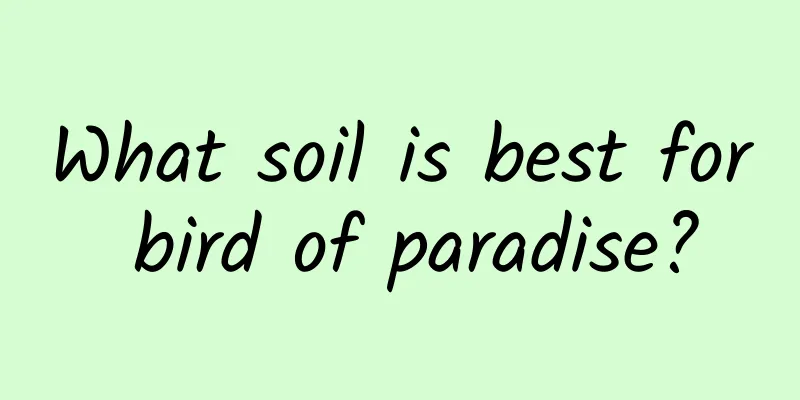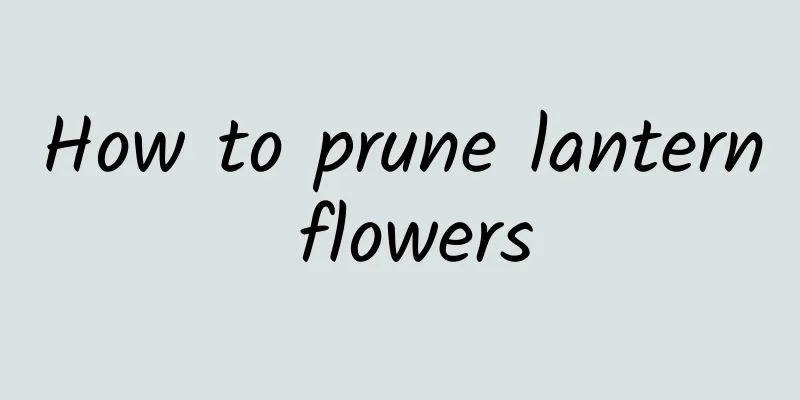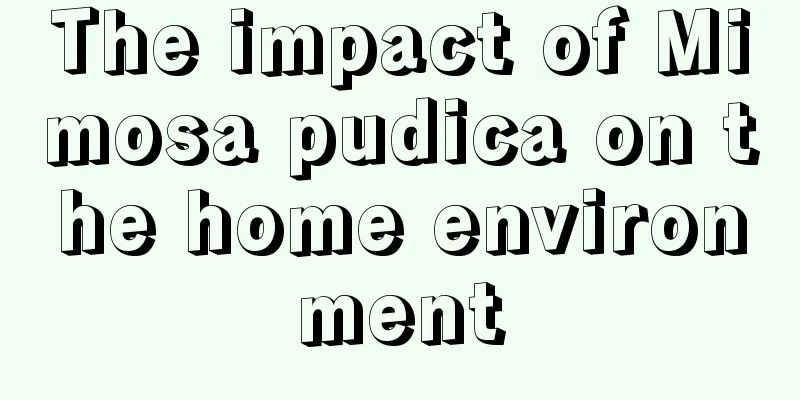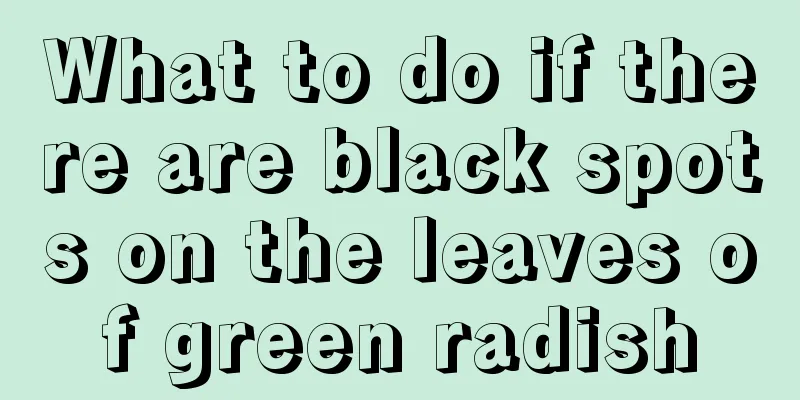Common aquatic plants for artificial floating islands Floating plants suitable for artificial floating islands
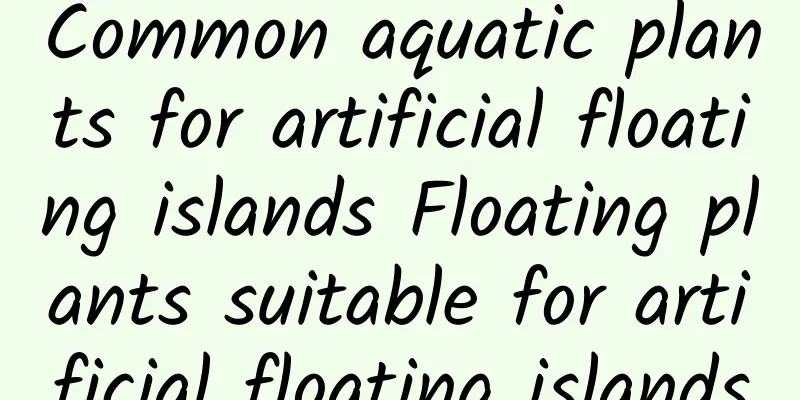
|
Since plants are highly regional, we should pay more attention to the selection of local aquatic plants or amphibians. In the north, we can choose reeds and southern celosia; in the south, we can plant calamus, water celery, umbrella, etc. Artificial floating islands should use perennial herbaceous plants as much as possible to reduce maintenance costs, but the types of foreign plants should be properly controlled. For example, water hyacinth has a significant impact on water purification and plant landscape, so it should be reasonably controlled and handled in a timely manner. Common aquatic plants on artificial floating islands1. 13 emergency plants with strong nitrogen and phosphorus removal capabilities Canna, Zetai, Cattail, Umbrella, Ginger Flower, Red Alternanthera, Cyperus, Arrow, Wild Taro, Purple Taro, Senecio, Alisma, Acorus, Sophora japonica and Duckweed leaves have a strong effect on removing ammonia nitrogen. 2. In water bodies polluted by high concentrations of NO3 Centaurea, Cattail, Alternanthera philoxeroides and Umbrella are suitable as ecological floating island plants. In water bodies with low concentration of NO3 nutrient salts, Alisma orientalis and Alisma orientalis are suitable as ecological floating island plants. In water bodies polluted with high concentrations of NO3, taro, cyperus rotundus, kudzu root and purple taro can be widely used in artificial floating island water bodies within the NO3 concentration range. 3. In high concentration H2P04 water Red lotus seeds, arrowhead, sedge and purple taro are suitable for the growth of ecological floating island plants. In low concentration H2P04 water, Zetai, wild taro, canna and cattail are suitable for the growth of ecological floating island plants. Senecio and cattail are suitable for the growth of ecological floating island plants and can be used in water with a wide concentration range. 4. In water bodies with high NH4+ nutrient levels Red lotus seeds, purple taro, umbrella, and fine-leaved sedge are suitable for the growth of ecological floating island plants. In water bodies with low NH4+ nutrient levels, cattails and wild taro are suitable for the growth of ecological floating island plants. In wide water bodies, the NH4+ nutrient range is relatively wide, and Chinese cabbage, cattail, zetai, oriental water plantain, and ginger flower have strong adaptability to water bodies. |
Recommend
Can I sprinkle water on the leaves of roses? What should I do if I water too much?
1. Can I sprinkle water on its leaves? When water...
How to plant wintersweet seeds
The seeds of wintersweet flowers usually mature i...
How to make the spider plant bloom and grow vines quickly
1. Suitable potting soil If you want to encourage...
How to prune tree roses to make them look good
When is the right time to prune tree roses? Tree ...
Where to put the thorny plum for good Feng Shui? Where is the best place to put the thorny plum in the house?
Barbary plum is a flower plant with sharp thorns....
When does Weigela bloom?
Weigela flowering period Weigela blooms in late s...
How to raise zebra dieffenbachia
1. Maintenance methods 1. Substrate selection: It...
High-yield cultivation of Pleurotus citrinum covered with soil
Agrocybe citrinum, also known as Pleurotus eryngi...
Cultivation methods and precautions of Tiger Orchid
1. Soil It is best to use soil with good air perm...
How many years does durian bear fruit?
Introduction to Planting Durian Trees Durian can ...
What are the benefits and effects of onion water for watering flowers? What flowers are suitable for watering
Benefits of watering flowers with onion water Wat...
Cultivation methods and precautions of Japanese umbrella
After all, the Japanese umbel is more suitable fo...
Is it too late to plant autumn cucumbers now?
Cucumber is one of the most common vegetables on ...
Cultivation methods and precautions of wolfberry bonsai
1. Maintenance methods 1. Soil: Bonsai planting h...
Characteristics of sunflowers, when do sunflowers bloom?
1. Features 1. Long flowering period: Its charact...



